The coolant is crucial to the proper functioning of a motor vehicle. Overheating can occur in an engine if the coolant isn’t circulating correctly due to the presence of air. If there are bubbles in the expansion tank, this could mean exhaust gasses are entering the cooling system. While this may work temporarily in specific situations, it can cause issues in the long run. You’ll need to take action to address the problem quickly so that it doesn’t escalate.
Using the knowledge I’ve gained working in the auto industry for many years, I’ll explain everything you need to know about this topic in this article.
Table of Contents
What Does it Mean When There Are Bubbles in the Coolant Reservoir?
When combustion gases enter the cooling system, it causes bubbles in the radiator or the expansion tank. Most of the time, air bubbles in the coolant reservoir are nothing to worry about. However, if there are many bubbles, it may be due to a coolant leak, a cracked engine, a blown head gasket, or a broken pressure cap.
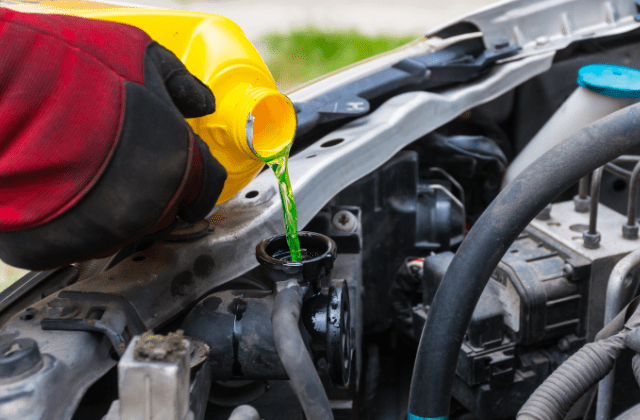
Air bubbles in the cooling system can also result from a poorly performed coolant flush. As a preventative measure, you can avoid air bubbles in the cooling system and guarantee the cleanliness of the coolant by performing a flushing maintenance procedure. Therefore, this procedure needs to be performed frequently.
Air fills the void when there is a loss of coolant. With the air’s ability to compress heat, the boiling point of the coolant is lowered, allowing for its evaporation. Vapor and air are great insulators, hindering the cooling system’s ability to eliminate excess heat. Even if you can’t physically see a coolant leak, you may have the temperature gauge going toward the red zone, or your temperature warning light will be on.
Even after the engine has warmed up, if white smoke continues to come out of the tailpipe, it could be a sign of a leak somewhere inside the engine, such as a cracked block or a blown head gasket. By applying pressure, coolant can be injected into the cylinder, where it will quickly turn to steam upon ignition.
It’s also important to remember that if the temperature is too high, your engine won’t perform as well as it could. Because of this, your car uses more gas than usual, and that will cost you money.
What Causes Bubbles in the Coolant Reservoir?
Several different factors can cause bubbles in the coolant. While others require only a simple part replacement, some require immediate maintenance. I’ll summarize the possible causes of bubbles in the coolant reservoir below.
Head Gasket that is Leaking or Blown
A blown or worn head gasket is the most frequent reason for bubbles to appear in the coolant tank. Any cylinder’s combustion gasses can leak into the water jacket when the head gasket fails, forcing air into the cooling system through the cylinder head. It is easy to tell whether a bad gasket is causing bubbling if it occurs shortly after the engine has been started.
Air Pockets
Air bubbles get trapped inside the system when the coolant is flushed and refilled. The air pockets enlarge and are pushed into the expansion tank as the car warms up. When the engine cools, the expanding air pockets collapse, causing coolant to be drawn from the tank to replace the air, and air bubbles form as a result. It happens frequently, but you can avoid it.
Coolant
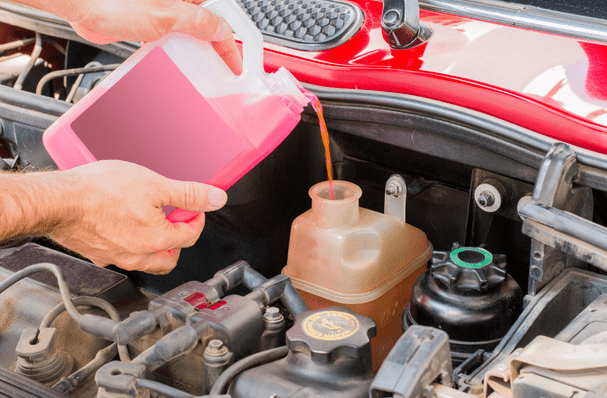
When the coolant level in the radiator drops too low, it’s usually a sign of a leaky head gasket or a loose radiator cap. It is vital to regularly inspect the radiator for leaks and check the quality and quantity of the coolant because old coolant becomes acidic and destroys the internal radiator system.
Radiator Cap
The expansion tank frequently develops bubbles when air enters the system through a damaged radiator cap seal. The pressure seal provided by a radiator cap keeps the cooling system’s pressure at a healthy level, and it enables the return of coolant and pressure to the expansion tank. If steam is coming from the radiator cap, you should check this article.
Radiator Fan
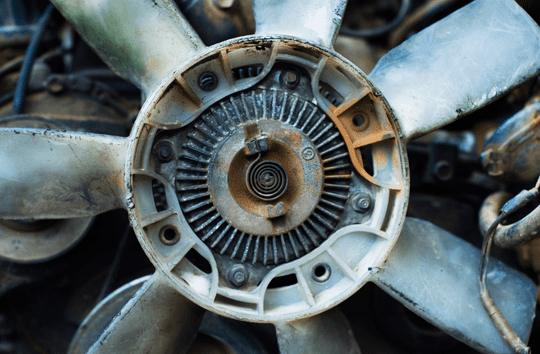
When the car is not moving, the fan aids in maintaining the radiator’s cooling. The radiator and fan are connected by a complex web of wires, which, over time, may corrode. The engine may overheat if the radiator isn’t getting enough airflow from the fan while the vehicle is parked.
Faulty Thermostat
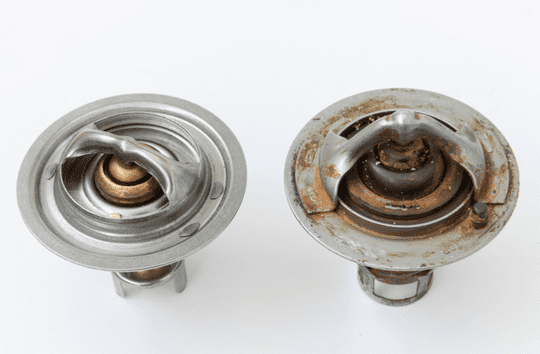
In a car engine, the thermostat regulates the temperature of the coolant that flows through the radiator. The timing of the thermostat’s opening and closing is crucial. It should be able to open to allow hot engine coolant to flow into and out of the radiator. Problems with a thermostat’s opening and closing mechanisms cause inefficient cooling. The bubble effect is produced in the expansion tank or radiator due to uncontrolled airflow.
Faulty Water Pump
Bubbling occurs when the trapped air reaches the radiator’s intake or the coolant valve. Air will get into the pump input when a water pump has a problem. Water pumps move antifreeze or coolant through the radiator’s cooling tubes, which are cooled before being pumped through the engine’s pipes to the various engine parts.
Expansion Tank Hose
Bubbling occurs within the expansion tank because air enters the hose. If the hose isn’t completely watertight, it can make the coolant tank boil.
Check out this article if you want to replace your Coolant Reservoir tank.
Faulty heater control valve or hose
Boiling coolant in the tank results from air getting into the system through a broken heater valve or a loose hose connection to the heater.
Corrode, Rust and Contamination
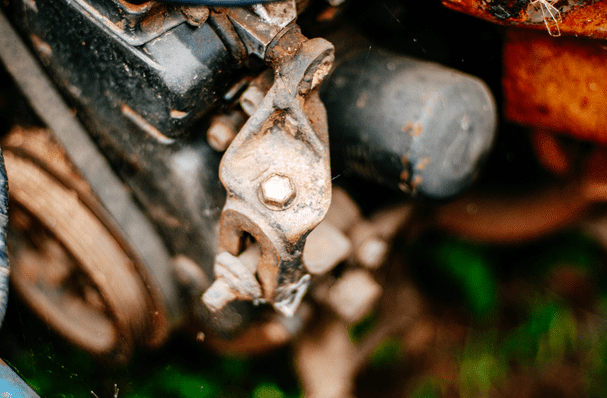
Blocking the radiator’s tubes with rust, dirt, and other grime can render the thermostat and water pump ineffective and cause some major issues. The radiator is susceptible to rusting just like any other metal part. In addition, a radiator will gather contaminants if it is not regularly flushed and refilled with the correct coolant.
How to Fix the Air Bubble in Your Coolant?
The cleanliness of the coolant and the cooling system ensures its efficiency of the cooling system. Fixing the air bubbles in your coolant requires a complete system flush and simply replenishing the coolant. Here are the four actions that make up this process:
The Four Steps for Flushing Bubbles in Your Coolant Professionally:
Preparation Before Flushing
Be sure the engine is cold before replacing the coolant and flushing the system. If you don’t, you might get seriously burned. Place the vehicle on a level surface or raise just the front of the vehicle. You can pop the hood once the motor is cooled. .
Flush the Radiator
Your car’s radiator is the component that dissipates heat from the engine. It serves an essential function in the air conditioning system. And low coolant affects your car air conditioning. Here’s how to flush the radiator:
- The coolant flush plug should have a container underneath it
- Slide the radiator flush screw open
- flush the coolant
Replenish Coolant
You need to refill the cooling system after you’ve finished flushing it. As soon as the expansion tank on your car is open, close the flush valve. This container contains the coolant.
Any other fluid, including water, cannot replace the good quality coolant in your car. Choose real antifreeze coolant, which can be told apart by its color, usually pink, orange, or green. The ideal coolant level for the expansion tank is between the minimum and maximum fill lines.
Vent the Air and Check the Fluid Level
Ensure no air is left in the system by carefully flushing it. Unnecessary air bubbles in the cooling system can damage other engine components if the coolant is not flushed correctly. Turn on the heater and release the pressure by opening the hose taps. There are taps for flushing the coolant from your vehicle, but their precise location varies by make and model.
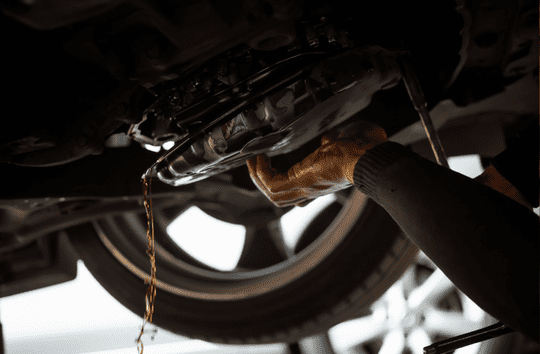
Sometimes the tap can be difficult to reach. It’s possible that raising the car’s front end will allow you to get closer to the target. You will find the flush screw on the radiator hose. Be careful when handling it. A broken coolant flush screw will cause a leak that will cause the coolant to drop abnormally. If you run out of coolant, the engine will overheat and probleñms can occur.
It’s best to release the pressure in the expansion tank and open the radiator tap simultaneously. To eliminate air pockets, start the engine and let it run for about 10 minutes. Always ensure the fluid level is between the scales when checking it at the end. A flush valve or several are present in some vehicles but not in others, and each vehicle has a different location for the flush valves.
For the most part, you can apply these instructions to any vehicle model. I advise having a mechanic you trust to perform the cooling system venting if you are unsure or not confident enough to do it yourself.
FAQs
Can A Bad Water Pump Cause Coolant To Bubble?
Yes, bubbles that enter your cooling system due to a malfunctioning water pump can be created.
How Do I Know If I Have Air Trapped in my Cooling System?
Your engine may be overheating, or the dashboard’s temperature light may indicate that there is air in your cooling system.
How Does A Bad Thermostat Cause Overheating?
When a thermostat is broken, it cannot open and close at the appropriate times. It causes a bubble effect in the coolant reservoir or radiator due to uncontrolled airflow.
Conclusion:
While bubbles in the coolant can occasionally be harmless, they can also serve as early warning signs of more severe issues. Because of this, it’s crucial to check your coolant regularly. To ensure that everything is in working order, you should check your coolant level every three to six months. You should also generally check your car’s coolant system every 30,000 to 80,000 miles.
With this knowledge, you can check for and locate a coolant-related vehicle malfunction. Therefore, it is crucial to act as soon as possible to prevent paying higher costs. When in doubt, avoid taking any risks.
Note to Writer: Great job, while very technical you explained the points that made it easy to understand. The article was broken up well with just the right info for each point. There were changes made to improve the flow but not many at all. Keep up the good work.
